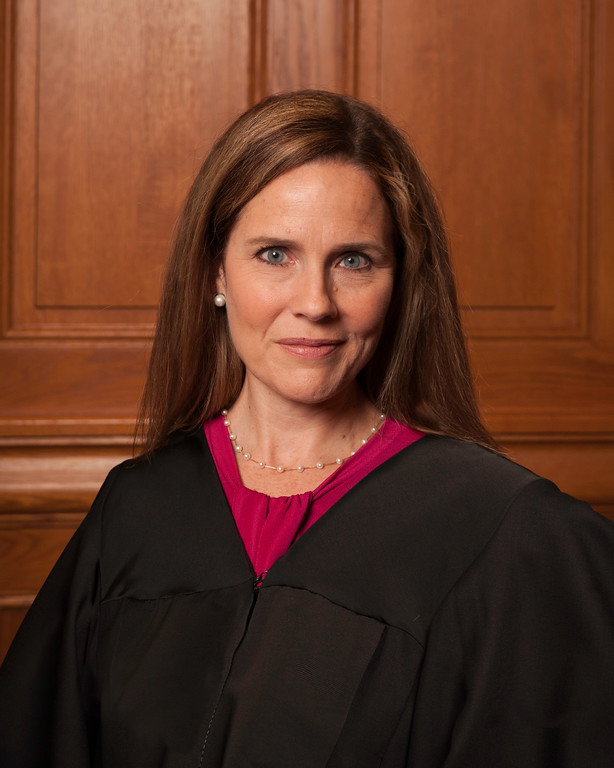The Senate Judiciary Committee will vote on whether to advance Judge Amy Coney Barrett‘s nomination for consideration before the full Senate. Twenty-two senators currently sit on that committee, including 12 Republicans and 10 Democrats.
President Donald Trump (R) nominated Barrett to the U.S. Supreme Court on Sept. 29 to fill the vacancy caused by the death of Ruth Bader Ginsburg on Sept. 18. Barrett’s confirmation hearings were held Oct. 12 – 15 before the Senate Judiciary Committee. On day one of the hearings, Chairman of the Senate Judiciary Committee Lindsey Graham (R-S.C.) provided opening statements, followed by members of the Senate Judiciary Committee. Sens. Todd Young (R-Ind.) and Mike Braun (R-Ind.) then introduced Barrett. After the introductions, Barrett gave her opening statement. The day ended with Barrett’s introduction to the committee by professor Patricia O’Hara, which was delayed due to technical difficulties during the initial introductions.
Day two of the hearings consisted of senators questioning Barrett for 11 hours, with each senator allotted 30 minutes. Recurring themes in the questioning included abortion, the Affordable Care Act, election disputes, legal access to firearms, and same-sex marriage. On day three of the hearings, senators continued to question Barrett for nearly nine hours—with each senator allotted 20 minutes. Recurring themes in the questioning included abortion, election administration, immigration, and presidential power.
On the fourth and final day of hearings, the Senate Judiciary Committee voted 12-10 to hold a committee vote on Barrett’s nomination. Most Democrats voted by proxy because they did not appear in person. The committee also heard witness testimony. Witnesses in support of Barrett’s confirmation included the American Bar Association, former Judge Thomas Griffith, a law school professor, a former student, and a former mentee and employee of Barrett. Witnesses opposed to Barrett’s confirmation included the president of the Lawyers’ Committee for Civil Rights Under Law, a medical doctor, a small business owner and activist, and a nonprofit leader.
The average vacancy length on the Supreme Court since 1962—when defined as the length of time elapsed between a justice’s departure date and the swearing-in of their successor—is 88 days. Four of these vacancies lasted for only a few hours each; the successor was sworn in the same day the retiring justice officially left office. The longest vacancy under this definition was 422 days, following the death of Justice Antonin Scalia in 2016.
Additional reading:


